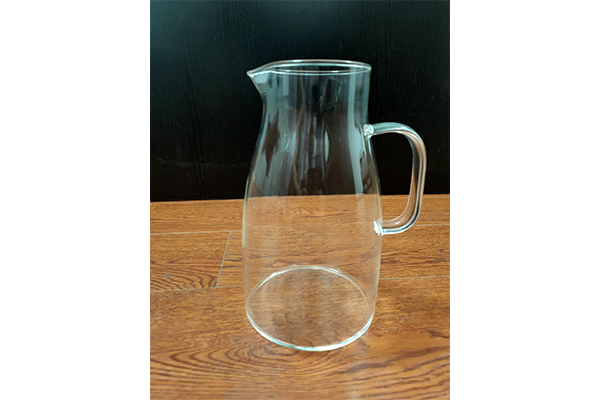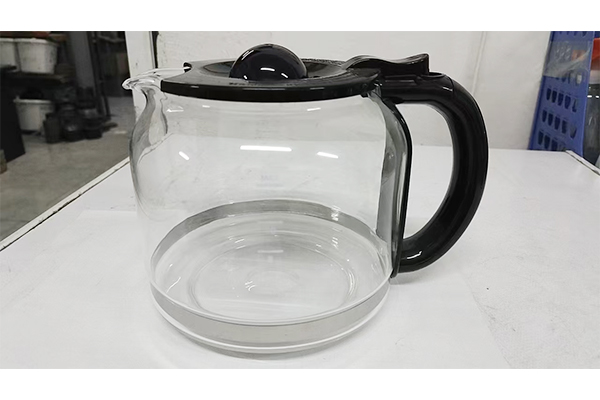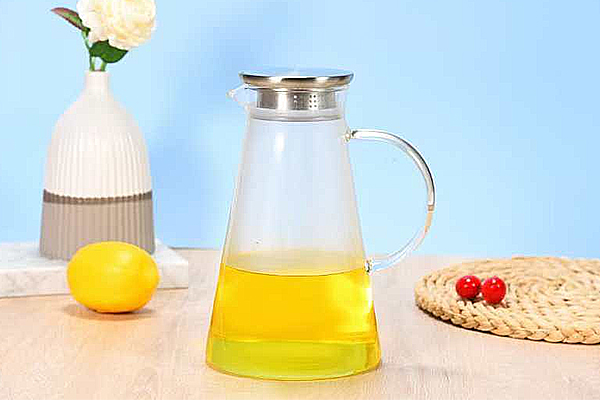What is the effect of the inner coating process of cool water bottles on water quality preservation and odor retention?
Release Time : 2025-05-27
The inner wall coating process of the cool water bottle is a key factor affecting the preservation of water quality and the residual odor. It affects the liquid stored in the bottle from many aspects such as chemical properties and physical structure. Different types of coating processes play different roles in preventing liquid deterioration and reducing odor absorption by changing the characteristics of the inner wall.
The chemical properties of the inner wall coating are directly related to the stability of water quality. If the inner wall of the cool water bottle is not coated or the coating chemical properties are unstable, the substances in the bottle material may slowly migrate into the water. Especially for cool water bottles made of plastic, the additives inside may precipitate when in contact with beverages or in high temperature environments, causing the water to have odor. High-quality food-grade coatings are highly chemically inert and can form an isolation barrier between the bottle material and water, preventing the migration of harmful substances, avoiding water pollution, reducing the generation of odor from the root, and also delaying the growth and reproduction of microorganisms in the water, extending the shelf life of water quality.
The physical structure of the coating has a significant impact on water quality preservation and odor residue. The rough inner wall is prone to residual liquid, forming a hotbed for the growth of microorganisms, and also adsorbing various odor substances. The coating treated with special technology can make the inner wall surface smooth and reduce liquid residue. When the inner wall is smooth enough, the water can flow out quickly during the pouring process, and it is not easy to form water accumulation, which reduces the possibility of bacteria and mold growth, and also reduces the chance of odor adhesion, which helps to keep the bottle clean and maintain the water quality fresh.
The hydrophilic and hydrophobic properties of the coating play an important role in the liquid storage process. The hydrophilic coating can enhance the adsorption of water molecules, making the liquid more evenly distributed in the bottle, and it is not easy to hang on the wall when pouring; the hydrophobic coating can prevent the adhesion of oily substances and is suitable for storing liquids such as juice that are prone to residual pulp residue. The hydrophilic coating has a strong adsorption capacity for some polar odor molecules, while the hydrophobic coating is relatively weak. However, through the specially designed microporous structure coating, it can use the aperture screening function to intercept large molecular odor substances while maintaining hydrophilicity, which not only ensures the fluidity of the liquid, but also effectively reduces the odor residue, achieving the dual purpose of preservation and deodorization.
The coating with antibacterial function can further improve the water quality preservation effect. This type of coating can inhibit bacterial growth, destroy the cell membrane structure of bacteria, and prevent them from multiplying in the bottle. The large-scale growth of bacteria will not only lead to poor water quality, but also produce unpleasant odors. Antibacterial coatings reduce the number of bacteria, prevent water quality from deteriorating due to microbial activity, and also reduce the odor caused by bacterial metabolism, so that the stored water remains fresh for a longer period of time.
The environmental protection and safety of the coating process are crucial for long-term use. If a solvent containing a large amount of volatile organic compounds is used in the production process of the coating, these substances may remain in the coating and slowly release into the water during use, causing odor. Environmentally friendly coatings use water as a solvent, or use a special thermal spraying process to reduce or eliminate solvent residues, avoid the generation of odors from the source, and also reduce the risk of harmful substances migrating into the water, ensuring that the cool water bottle will not have adverse effects on water quality during long-term use.
The bonding strength between the coating and the bottle substrate determines the service life of the coating. If the coating adhesion is insufficient, the coating is easy to peel off under repeated cleaning, temperature changes, etc. in daily use. Once the coating peels off, it will not only affect the appearance, but the exposed bottle substrate may also be eroded by liquid, causing odor. The coating with high bonding strength can be firmly attached to the bottle body, and even after multiple uses and cleanings, it can still remain intact and continue to play a role in preservation and odor prevention.
The inner wall coating process of cool water bottles has a profound impact on water quality preservation and odor residue from multiple dimensions such as chemistry and physics. High-quality coating technology can significantly improve the performance of cool water bottles through stable chemical properties, reasonable physical structure design, effective antibacterial function and environmentally friendly and safe production methods, providing reliable protection for people to store fresh, odor-free drinking water and beverages.







